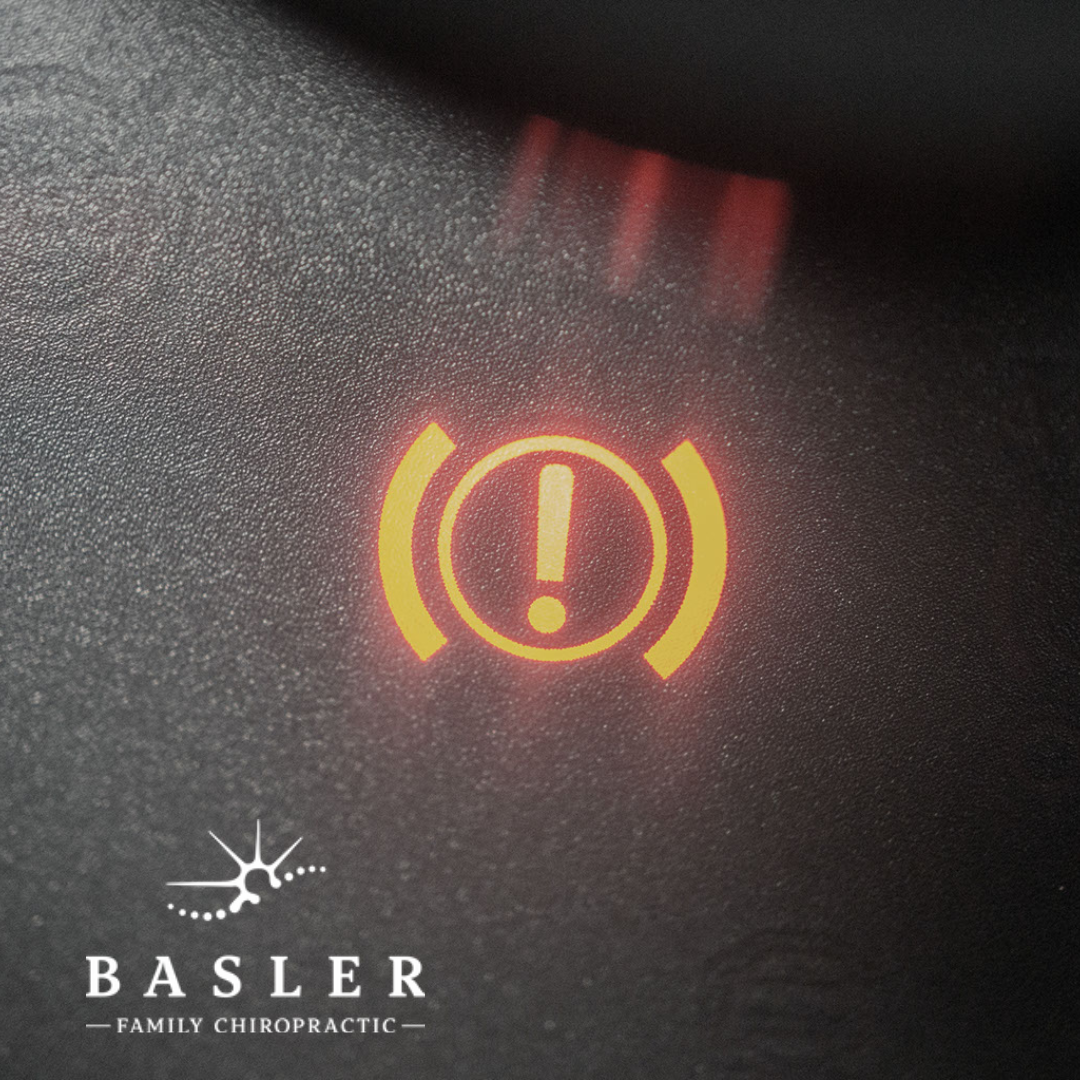
Handbrake in Your Brain
Does it feel like you have a handbrake on your muscles and you don’t have your usual strength?
This idea of having a handbrake on your muscles may actually be more real than you think – maybe not a handbrake on your muscles, but a handbrake in your brain which is what controls your muscles and tells them to contract.
Chiropractic care can make you stronger over the last few years studies have shown that when you get adjusted by a chiropractor it can make you stronger. One study reported in a group of students who received chiropractic care, that they were actually able to produce 16% more force in their leg muscles after a chiropractor had gently checked and adjusted any dysfunctional spinal segments, or what chiropractors call vertebral subluxations.1
What does the research show?
Researchers in New Zealand followed up this study in Tae Kwon Do athletes, and again showed that even in a group of elite, highly trained athletes, a single session of chiropractic care can improve their strength.2 But what does this have to do with handbrakes in the brain you may wonder? Well, in a new study by the same team of researchers, they wanted to see if chiropractic care resulted in an increase in the way the brain could drive the muscle in the subject’s arms.4 To do this, they measured the participant’s bicep’s muscle strength, and then measured something that’s called ‘central inhibition’, before and after a single session of chiropractic care, or just moving their heads around as a control intervention. This ‘central inhibition’ measure is a bit like the brain’s handbrake to the muscle. There are two ways the brain can increase the way your muscle contracts. It can either press the gas pedal or it can release the ‘hand brake’ to that muscle. The scientists wanted to know if a particular type of handbrake changed after these subjects got adjusted. The technical term for the method they used to record this was ‘TMS twitch interpolation technique’ and it allows them to explore the way the participants brains are driving their arm muscles… in other words it measured the degree to which their brain was pulling the handbrake to that particular muscle. What they found was that there was a difference in the degree of central inhibition to the bicep’s muscle only after they were adjusted, compared to when they did the control movement of the neck. There was less inhibition, suggesting the brain had released the handbrake to the muscle after they got adjusted. So, this may be one of the reasons why the previous studies showed that chiropractic care could increase strength, because maybe chiropractic care is reducing the central inhibition to your muscles, or in other words, releasing the handbrake to your muscles making it easier for your brain to move your muscles and produce more strength. So, if you feel like you’ve got a handbrake in your muscles or in your brain, maybe you should go see a chiropractor and see if they can help your brain release the handbrake so that your brain can more efficiently control your muscles and perhaps even help you to get that jam jar open.
Disclaimer and References
This information is provided for educational purposes only. It is not intended to be professional advice of any kind. Haavik Research Ltd encourages you to make your own health care decisions based on your own research and in partnership with a qualified health care professional.
Niazi IK et al. Exp Brain Res Epub 2015/01/13. 2. Christiansen TL, et al Eur J Appl Physiol 2018;118(4):737-49. 3. Holt K, et al. Scientific Reports 2019;9(1):2673. 4. Kingett M, et al. Brain sciences 2019;9(6)
@Haavik Research 2021
• Dr. Heidi Haavik BSc(Physiol) BSc(Chiro) PhD • Dr. Kelly Holt BSc, BSc(Chiro), PGDipHSc, PhD • Dr. Jenna Duehr BChiro, BHSc(Nursing), MHSc
chiroshub.com

